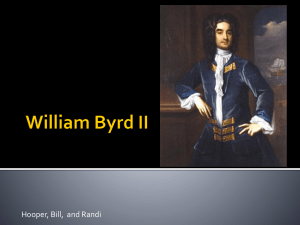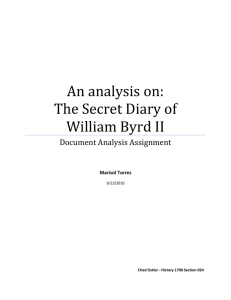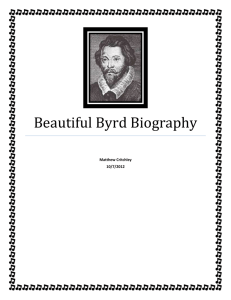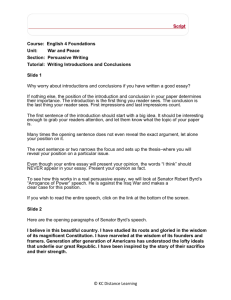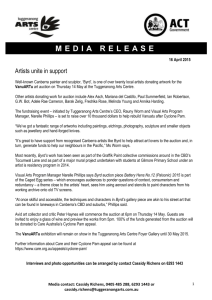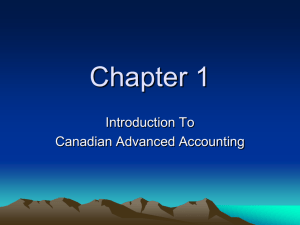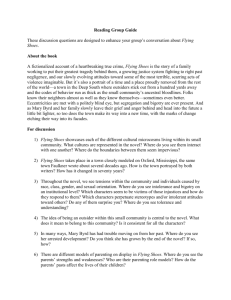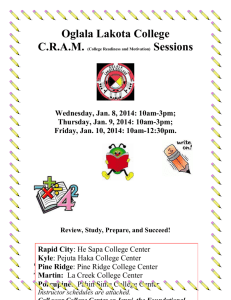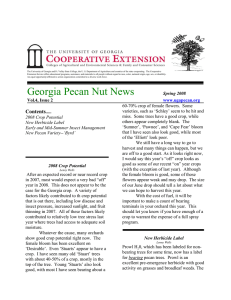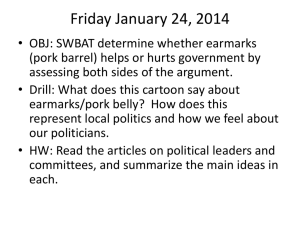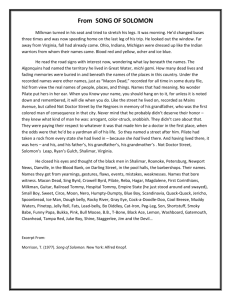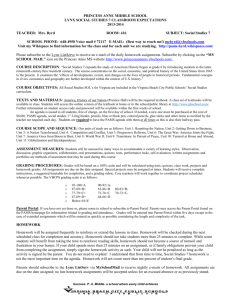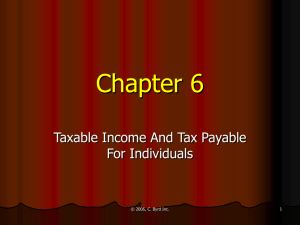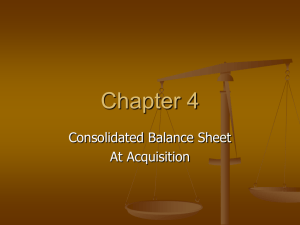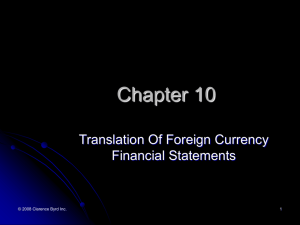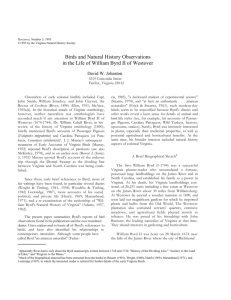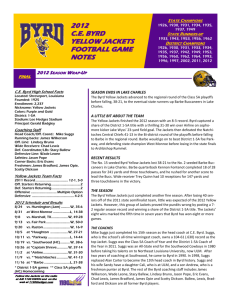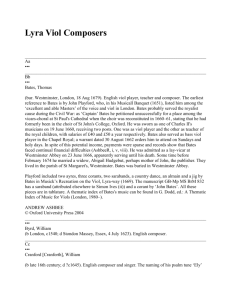O MARVEL AND MYSTERY
advertisement
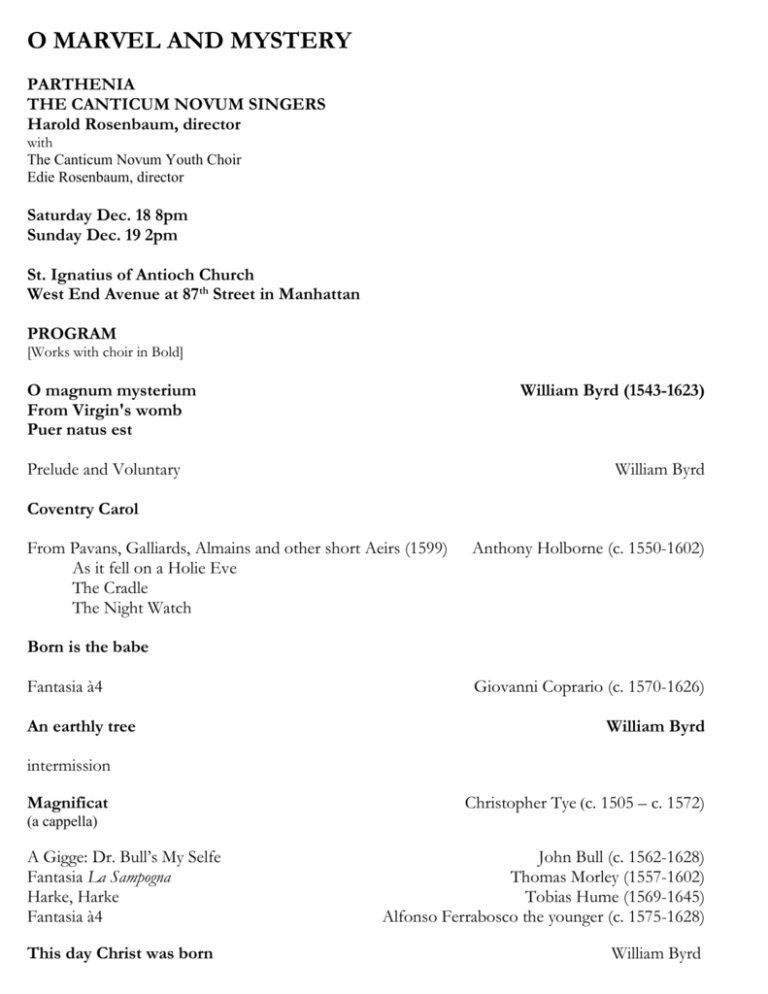
O MARVEL AND MYSTERY PARTHENIA THE CANTICUM NOVUM SINGERS Harold Rosenbaum, director with The Canticum Novum Youth Choir Edie Rosenbaum, director Saturday Dec. 18 8pm Sunday Dec. 19 2pm St. Ignatius of Antioch Church West End Avenue at 87th Street in Manhattan PROGRAM [Works with choir in Bold] O magnum mysterium From Virgin's womb Puer natus est William Byrd (1543-1623) Prelude and Voluntary William Byrd Coventry Carol From Pavans, Galliards, Almains and other short Aeirs (1599) As it fell on a Holie Eve The Cradle The Night Watch Anthony Holborne (c. 1550-1602) Born is the babe Fantasia à4 An earthly tree Giovanni Coprario (c. 1570-1626) William Byrd intermission Magnificat Christopher Tye (c. 1505 – c. 1572) (a cappella) A Gigge: Dr. Bull’s My Selfe Fantasia La Sampogna Harke, Harke Fantasia à4 This day Christ was born John Bull (c. 1562-1628) Thomas Morley (1557-1602) Tobias Hume (1569-1645) Alfonso Ferrabosco the younger (c. 1575-1628) William Byrd Program notes by Rosamund Morley In 1563, when he was only 20 years old, William Byrd was appointed Organist and Master of the Choristers at Lincoln Cathedral where he took on all the playing and teaching duties that such a post required. His uncommon talent must have been fully recognized by the Lincoln Chapter, for his salary was higher than either his predecessor or his successor. In England at this time the boy choristers were taught how to play the viola da gamba as well as to sing, and since it is likely that Byrd’s own musical studies began with Thomas Tallis as a chorister in the Chapel Royal, he probably played the viol himself. Byrd knew the beautiful sound of voices and viols playing an intimate music together in which all parts share equally in presenting the melodic material. In the preface to his 1588 print, Psalmes, Sonets & Songs of sadnes and pietie, the first print of secular and sacred songs in England, he wrote that some of his songs “being originally made for Instruments to expresse the harmonie, and one voice to pronounce the dittie, are now framed in all parts for voyces to sing the same.” From this we can see that whether the music had a text or not, Byrd’s compositional concept remained the same for both instrumental and vocal music –– the English anthems, Latin motets and instrumental fantasies on our program all spring from the same polyphonic well. Among the sacred music that Byrd wrote during his time at Lincoln were psalms set for a consort of viols and a solo voice and ending with simple choruses. These pieces are the early models for the anthems on our program that Byrd published in 1589 and called “Carowles for Christmas Day.” “From Virgin’s Womb” with its wonderful chorus, “Rejoice, rejoice” evoking a heavenly choir of angels, shows clearly this melodic partnership between instruments and voices. After working most of a decade at Lincoln, in 1570 Byrd was appointed a “Gentleman of the Chapel Royal” and two years later he moved back to London to take up the daily responsibilities of his new post. He quickly seems to have found powerful patronage at court, and in 1575, with his teacher and colleague Thomas Tallis, was granted a patent to publish music. Their first endeavor was an ambitious set of motets in Latin, the Cantiones, which they dedicated to Elizabeth I. Despite the religious tensions within English society, the protestant Queen liked to hear the service in Latin, contrary to her own decrees, and it seems that the Catholic Byrd was protected from serious persecution by her patronage and that of her courtiers. After the accession of James I, in 1607 Byrd published the Gradualia containing the motets for Christmas, “O magnum misterium” and “Puer natus est” and other pieces on texts taken directly from the Roman Catholic liturgy. This was an audacious move for Byrd considering that the post-Gunpowder Plot political climate was tense and there is a record of someone being arrested just for having a copy of the Gradualia. But by this time Byrd was living far from London on the estate of the Petre family where the Catholic Mass was celebrated secretly in the family manor house, Ingatestone Hall. The Gradualia seems to have been created precisely to provide music for clandestine services like these. Even as an adherent of the Kingdom’s non-sanctioned faith, when Byrd died the records of the Chapel Royal called him the “Father of Musicke.” Almost all the composers of instrumental music on our program would have had musical educations much like Byrd’s and the viol fantasies by Coprario and Ferrabosco are the instrumental counterparts to the vocal music you will hear. But the viols were also playing pavans, almaines and galliards, music written in the popular dance forms of the day but not intended for actual dancing – that function was given to the violins. But even dances like these of Anthony Holborne, especially the pavans such as “The Cradle,” contain elements of beautiful contrapuntal part writing which is perhaps why they remain so popular. The galliard “As it fell on a holie eve” and the almaine “The night watch,” being more vigorous dances, are not such good vehicles for imitative treatment instead presenting lively rhythmic interplay between the parts. A few of the pieces are in a purely instrumental style unlike any vocal models. The energetic “Gigge” by John Bull has been arranged for viol quartet from a book of keyboard music and Morley’s sweet duo,“La Sampogna,” is named for the bagpipes, an instrument often associated with shepherds. The most unusual piece is “Harke, harke” by Tobias Hume. Among bowed string instruments, the viola da gamba is unique in its ability to play chords with the bow in imitation of a lute. This style of playing was called “lyra way,” and the viol that played it a “lyra viol.” The little we know about the eccentric Captain Tobias Hume is found in the preface to his two printed books of lyra viol music where we learn he was a soldier who always took his viol on his military campaigns. The music was written down in a special notation called tablature, in which a kind of map of the fingerboard provides the information for where the player should set his fingers. In an early version of “extended” technique, the player is instructed to use pizzicato, plucking the strings with the right hand fingers, and to “Drum this [the following chords] with the backe of your bow” which is the first instance of col legno playing known. The result is a theatrical and evocative solo instrumental song entreating us to listen to the beautiful sounds of voices and viols together.
